My work centers on the dynamic relationship between the creative practice of design and computational design methods.
While one of these is often characterized as a direct determinant of the other, my work seeks to demonstrate that...
The interplay between new technologies of design and the culture of design practice comes into sharp contrast at intense moments of technological or social change. In my career as a student and a scholar of architectural design, I have witnessed two such intense moments.
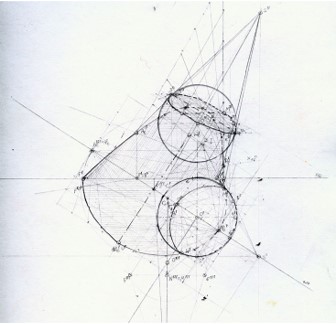

(right) Computational Geometry, Ko Steinfeld 2018
The first was in the mid-1990s, when, as an undergraduate student of architecture, I was a part of a transitional generation that saw the shift from analog to digital representation.
The second was in the early-2000s, when, as a graduate student and young professional, I saw the adoption of computational techniques in design, such as scripting and parametric modeling.
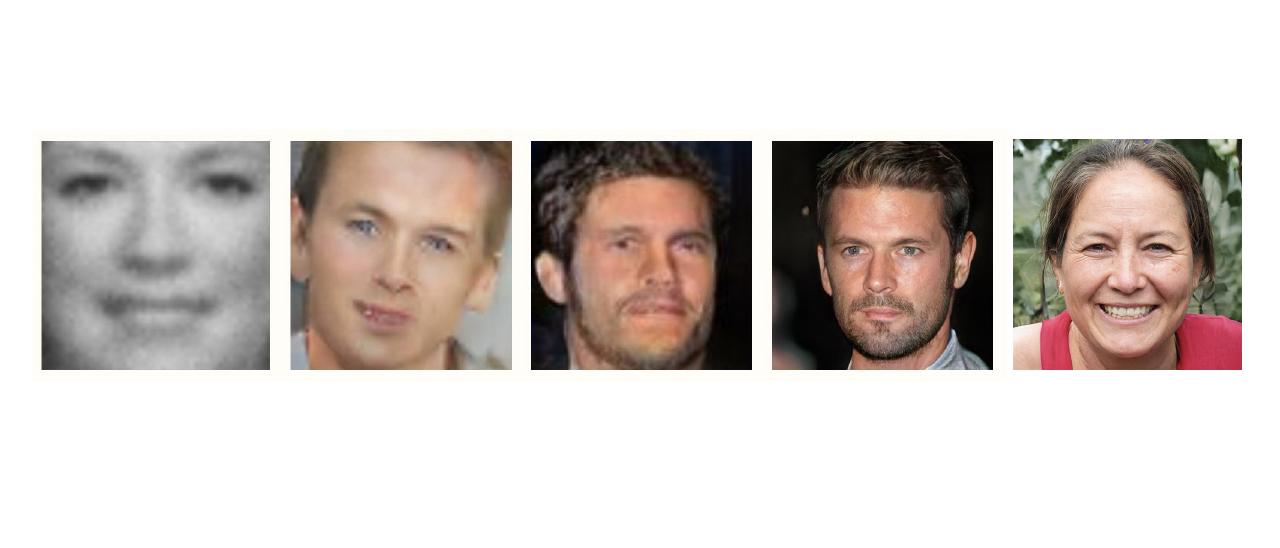
From left to right:
Goodfellow et al (2014), Radford et al (2015), Liu and Tuzel (2016), Karras et al (2017), Karras et al (2018)
Adapted from General Framework for AI and Security Threats
Here, an ML model has been trained to understand the transformation from a line-drawing of a cat to a photographic image of a cat. Once training is complete, this model will attempt to create a cat-like image of any given line drawing.
Here, the drawings of an author are augmented with predictions of what is to come next. The model underlying this tool was trained using Google Quickdraw.
The same model as in the previous slide, with this visualization showing many possible futures for the sketch. The model underlying this tool was trained using Google Quickdraw.
Here, an ML model has been trained to understand the transformation from line drawings to a whole range of objects: from flowers to patterned dresses. Deploying this model in the service of a creative design tool, Nono Martinez Alonso demonstrates the potential of computer-assisted drawing interfaces.
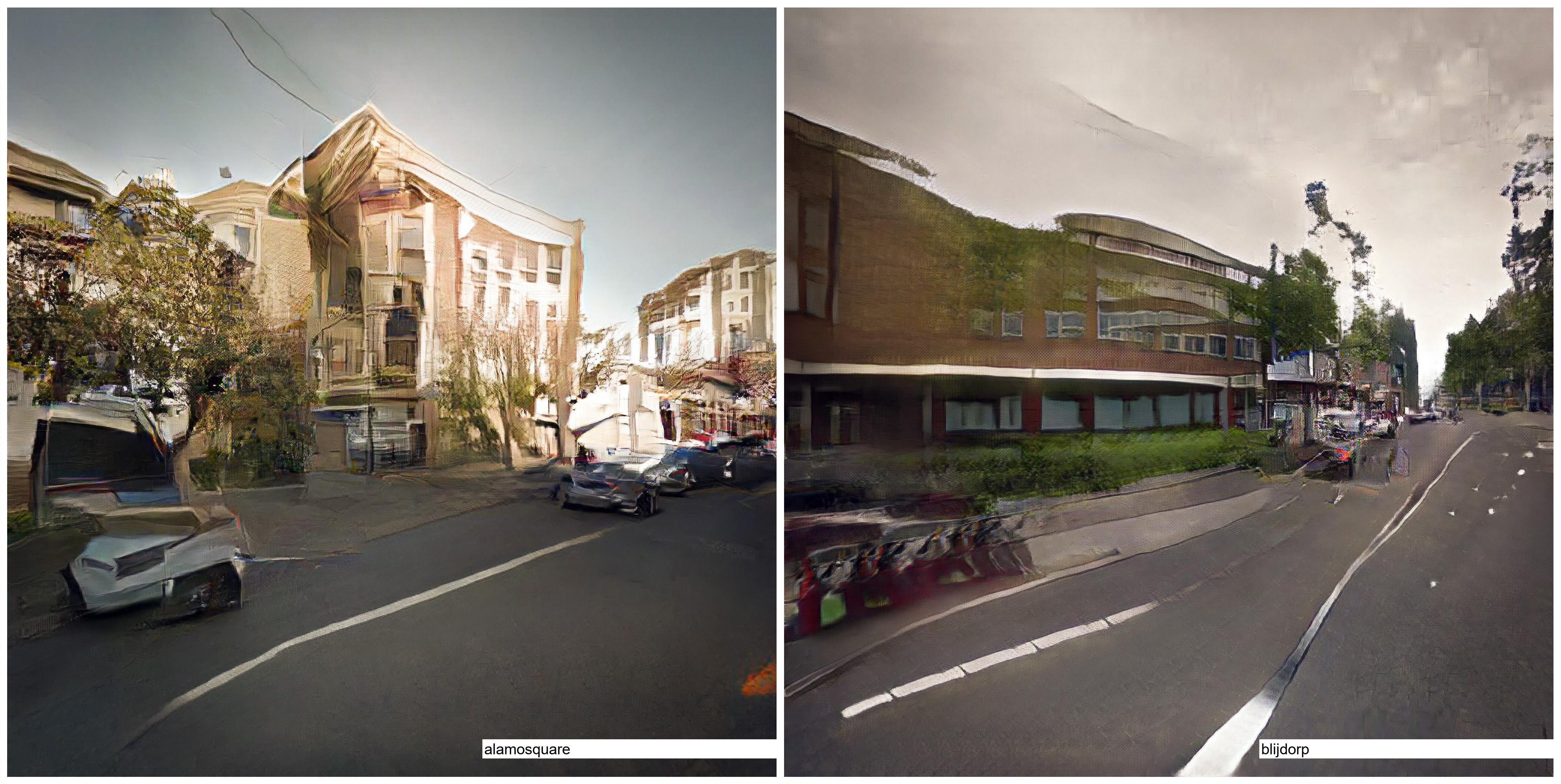
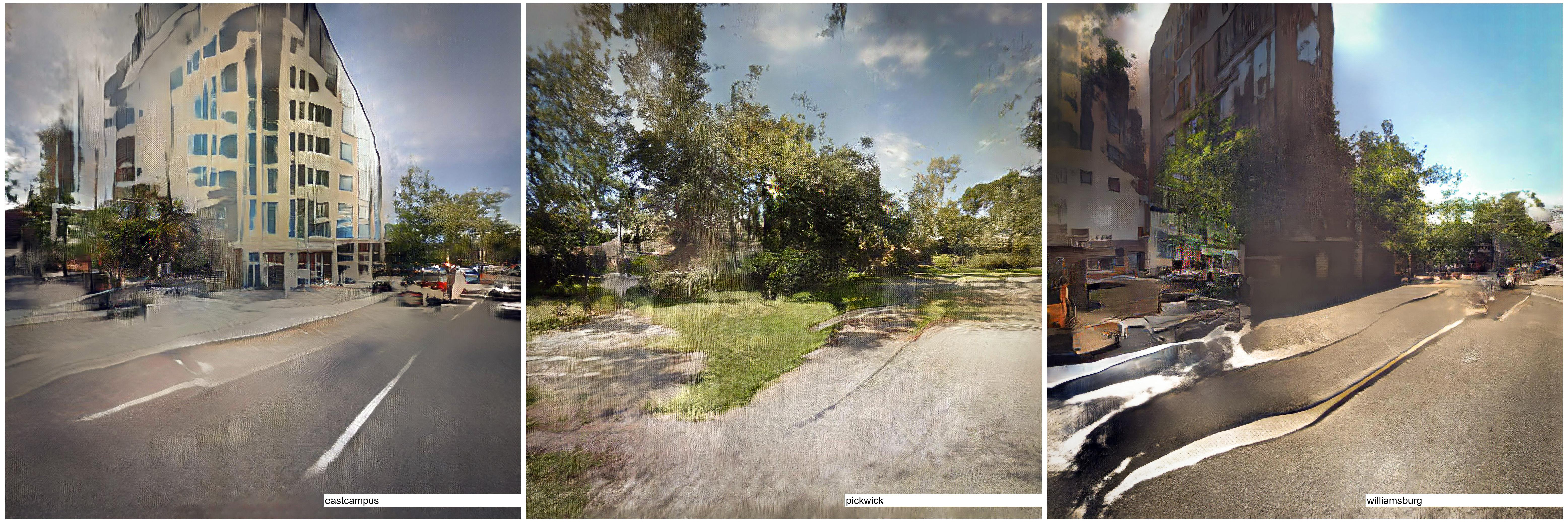

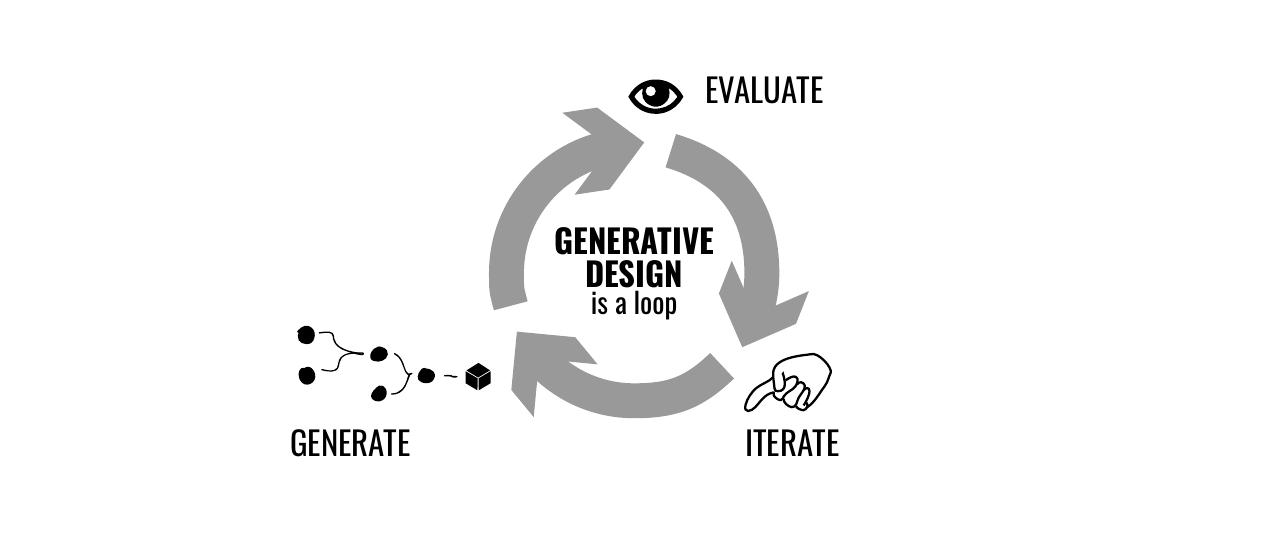

Kyle Steinfeld, 2019